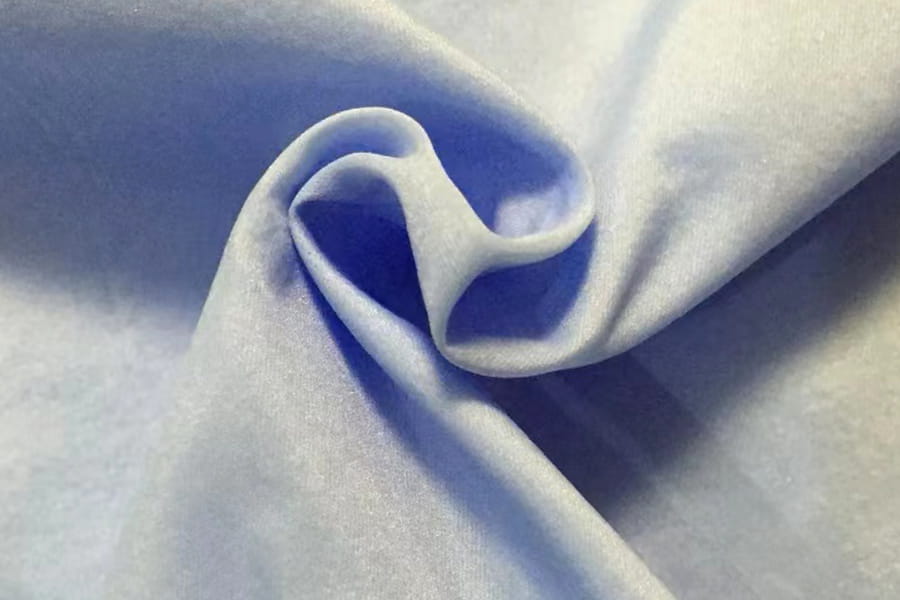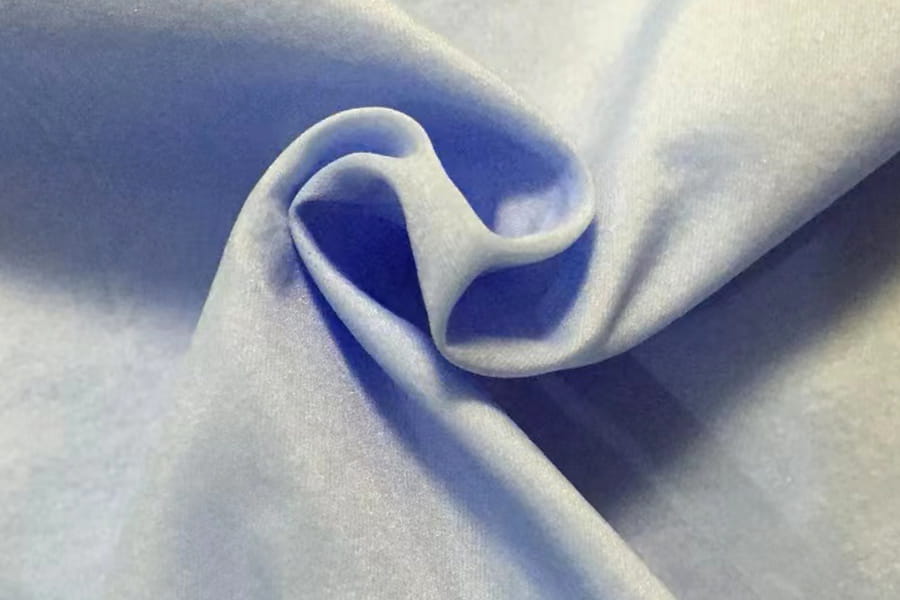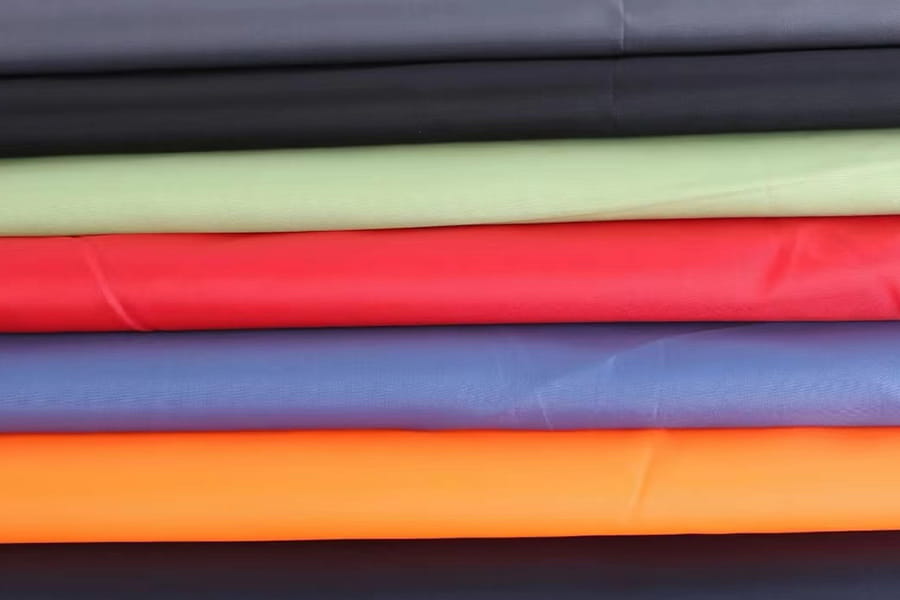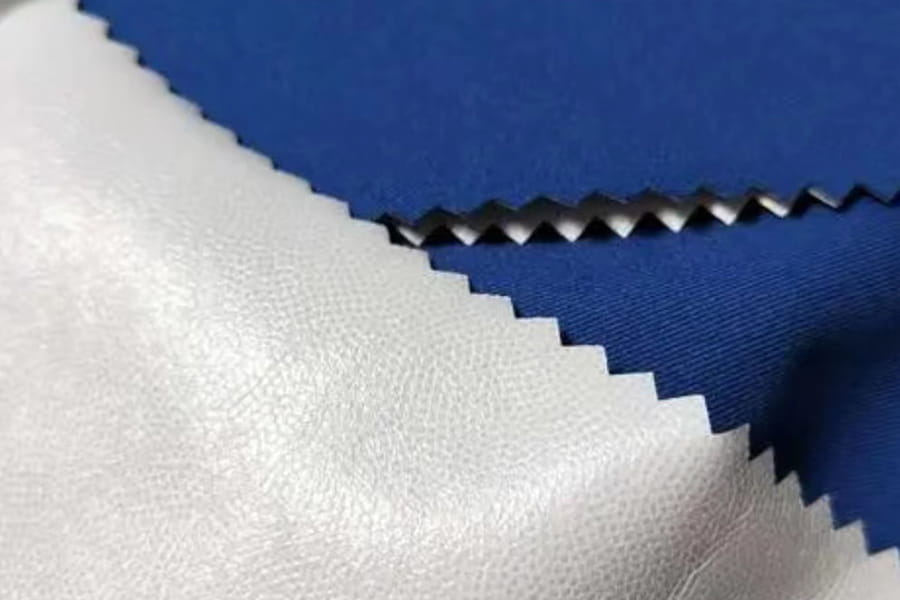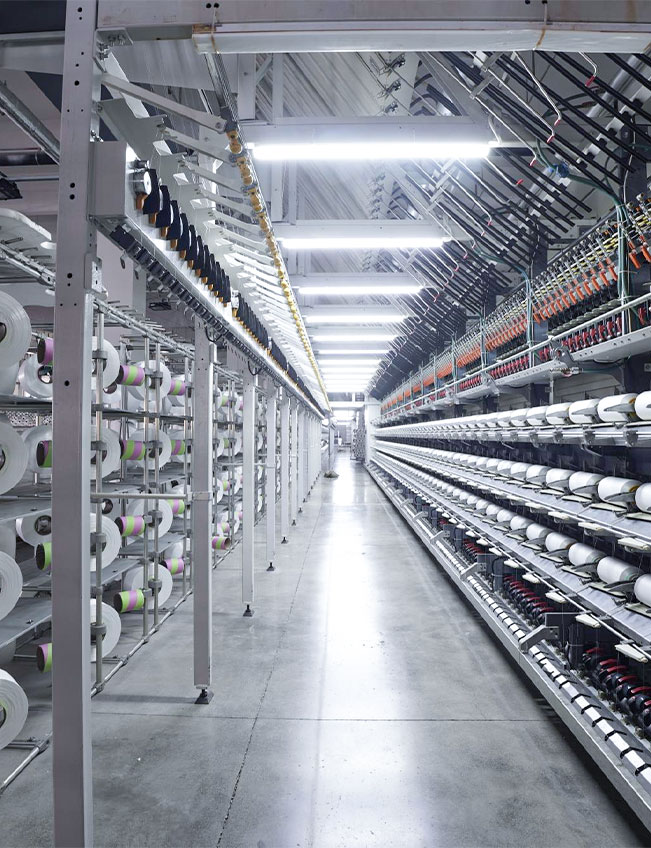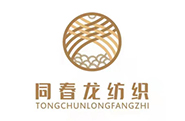1. Introduction to Nylon Spinning
The process of
nylon spinning begins with the meticulous selection and synthesis of raw materials, typically derived from petrochemical sources. Through polymerization, these raw materials undergo a chemical transformation, forming long chains of repeating units known as polymers. This molecular structure is the essence of nylon's exceptional properties, including its high tensile strength, abrasion resistance, and dimensional stability. Once synthesized, the nylon polymer is processed into various forms suitable for spinning. Depending on the desired end-use, the polymer may be compounded with additives or blended with other fibers to impart specific functionalities or characteristics. These additives can include colorants, stabilizers, or modifiers to enhance properties such as UV resistance or flame retardancy. During the spinning process, the nylon polymer is heated to its melting point and extruded through spinnerets – small, holed devices that shape the molten polymer into continuous filaments. These filaments are then solidified through cooling and drawn to align the polymer chains, further enhancing the yarn's strength and consistency. Finally, the yarn is wound onto spools or cones, ready to be woven or knitted into fabrics of diverse textures and appearances.
2. Types of Nylon Spinning Techniques
Within the realm of nylon spinning, a rich tapestry of techniques unfolds, each weaving its own narrative of innovation and utility. From the foundational principles of melt spinning to the nuanced intricacies of dry spinning and wet spinning, manufacturers wield an arsenal of methodologies to tailor nylon to precise specifications. Melt spinning, the most common technique, involves melting nylon pellets and extruding the molten polymer through spinnerets to form continuous filaments. This method offers unparalleled efficiency and scalability, making it ideal for large-scale production of staple fibers and yarns. Conversely, dry spinning leverages volatile solvents to dissolve nylon polymers, which are then extruded through spinnerets and solidified into fibers as the solvent evaporates. This technique affords greater control over fiber properties and is often employed in the production of specialty textiles requiring fine deniers or specific chemical compositions. Wet spinning, on the other hand, entails extruding the polymer solution into a coagulating bath, where the nylon precipitates and solidifies into fibers.
3. Applications Across Industries of Nylon Spinning
The versatility of
nylon spinning extends far beyond the confines of traditional textile production, permeating a multitude of industries and applications. In the realm of apparel, nylon's lightweight, breathable, and moisture-wicking properties have cemented its status as a staple in activewear, athleisure, and performance apparel. Whether adorning runners on the track or climbers scaling mountain peaks, nylon's ability to regulate temperature and manage moisture ensures comfort and performance in the most demanding conditions. Beyond fashion, nylon's durability and resilience find expression in an array of technical textiles, where its strength-to-weight ratio and resistance to abrasion make it indispensable in applications ranging from automotive components to industrial filtration systems. In automotive interiors, nylon-based fabrics offer superior wear resistance and aesthetic appeal, enhancing the longevity and comfort of vehicle interiors. Similarly, in industrial settings, nylon's robustness and chemical resistance make it an ideal candidate for conveyor belts, ropes, and other load-bearing applications where reliability is paramount. Nylon's versatility extends into the realm of consumer goods, where its aesthetic appeal and functional properties converge to create products that seamlessly integrate into everyday life. From luggage and backpacks to furniture upholstery and carpeting, nylon's resilience and ease of maintenance make it a favored choice among designers and consumers alike.

 English
English 中文简体
中文简体 русский
русский Español
Español